Home>Technology>Home Entertainment Systems>How To Measure Projector Screen Size
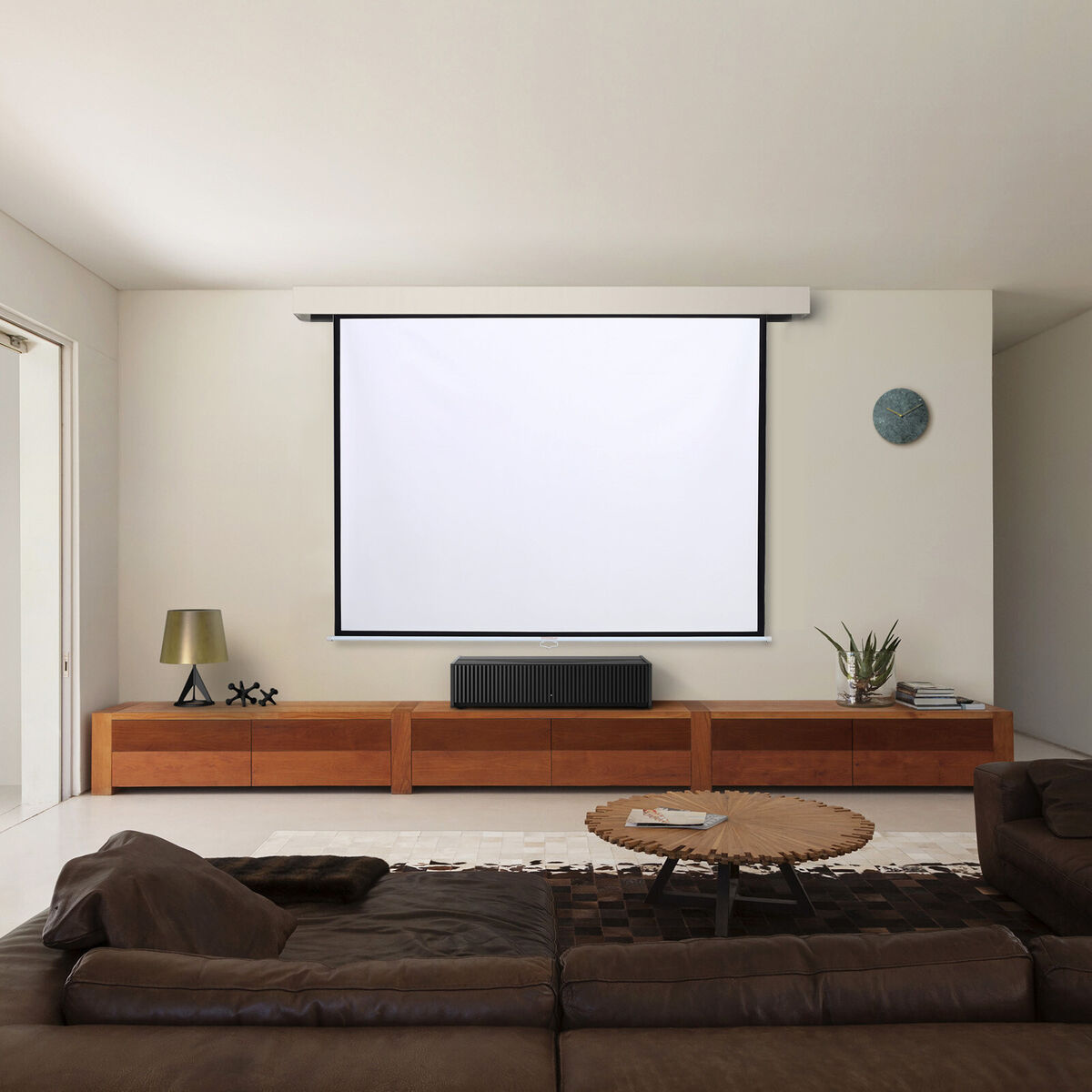

Home Entertainment Systems
How To Measure Projector Screen Size
Modified: January 3, 2024
Learn how to measure projector screen size for your home entertainment system. Follow our guide to find the perfect screen size for your space.
(Many of the links in this article redirect to a specific reviewed product. Your purchase of these products through affiliate links helps to generate commission for Storables.com, at no extra cost. Learn more)
Introduction
Are you ready to elevate your home entertainment experience with a stunning projector and screen setup? The allure of a larger-than-life display, coupled with the immersive surround sound, can transform your living space into a private theater where you can escape into the world of cinema, sports, or gaming. However, before you embark on this exhilarating journey, it's crucial to understand the fundamental aspects of projector screen size. By comprehending the intricacies of aspect ratio, measuring techniques, and calculating the ideal screen size, you can ensure that your viewing experience is optimized for maximum enjoyment.
In this comprehensive guide, we will delve into the nuances of determining the perfect projector screen size for your space. Whether you're a cinephile, a gaming enthusiast, or a sports aficionado, the knowledge gained from this article will empower you to make informed decisions and create a captivating entertainment hub within the comfort of your own home. So, let's embark on this enlightening exploration and unlock the secrets to achieving the ultimate visual spectacle in your home entertainment system.
Key Takeaways:
- Understanding aspect ratios helps you choose the right screen size for your projector, ensuring that movies, games, and sports are displayed without distortion or cropping, preserving the director’s vision for an immersive experience.
- Accurately measuring the screen size and calculating the ideal dimensions based on room space, seating arrangement, projector resolution, and usage can create a captivating home entertainment sanctuary tailored to your preferences and spatial constraints.
Read more: How To Adjust Screen Size In BenQ Projector
Understanding Aspect Ratio
Before delving into the intricacies of measuring the projector screen size, it’s essential to grasp the concept of aspect ratio. In the realm of visual displays, the aspect ratio refers to the proportional relationship between the width and height of the screen. Common aspect ratios include 4:3, 16:9, and 2.35:1, each representing the width relative to the height.
The 4:3 aspect ratio, prevalent in older televisions and computer monitors, features a squarish display. On the other hand, the 16:9 aspect ratio, known as widescreen, has become the standard for high-definition televisions and is widely used in home theater projectors. This wider format is ideal for showcasing cinematic content, as it closely mirrors the dimensions of most modern movies.
For those seeking an even wider cinematic experience, the 2.35:1 aspect ratio, also known as Cinemascope or Anamorphic widescreen, offers an expansive canvas for epic visual storytelling. However, it’s important to note that while 16:9 and 2.35:1 are common aspect ratios, many films are produced in various aspect ratios, so selecting a screen size that accommodates multiple ratios can enhance versatility.
Understanding the aspect ratio is pivotal in choosing an appropriate screen size, as it directly impacts the viewing experience. By aligning the screen’s dimensions with the desired aspect ratio, you can ensure that your content is presented without distortion or cropping, preserving the director’s intended vision.
Now that we’ve laid the groundwork for comprehending aspect ratios, let’s transition to the practical aspect of measuring the screen size, where precision and accuracy play a crucial role in optimizing your home entertainment setup.
Measuring the Screen Size
When it comes to creating an immersive viewing environment, accurately measuring the projector screen size is paramount. Whether you’re setting up a dedicated home theater or integrating a projector into a multi-purpose living space, the process of measuring the screen size requires attention to detail and precision.
Before you begin, ensure that the projector screen is fully extended and taut to obtain accurate measurements. To measure the diagonal size of the screen, start from one corner and extend the measuring tape to the opposite corner. This diagonal measurement, typically expressed in inches, is the most common way to specify the size of a projector screen.
For a fixed-frame screen, where the material is stretched over a rigid frame, the visible screen area corresponds to the dimensions specified by the manufacturer. However, in the case of a retractable screen, it’s important to measure the viewable area, excluding any masked borders or non-projection surfaces.
Additionally, if you’re considering a motorized or retractable screen, take into account the casing or housing that encloses the rolled-up screen material. The overall dimensions, including the casing, can impact the space required for installation and should be factored into your measurements.
Moreover, consider the throw distance of your projector, which is the distance between the projector and the screen. This factor influences the size of the image displayed and should be aligned with the screen’s dimensions to achieve the desired visual impact. By meticulously measuring the screen size and understanding its interaction with the projector’s throw distance, you can ensure that your viewing experience is optimized for clarity and immersion.
Now that we’ve covered the essential steps for measuring the screen size, let’s explore the process of calculating the ideal screen size to harmonize with your viewing preferences and spatial constraints.
To measure a projector screen size, use a tape measure to find the diagonal length from one corner to the opposite corner. This will give you the screen size in inches.
Calculating the Ideal Screen Size
Now that you’ve mastered the art of measuring the projector screen, it’s time to embark on the exhilarating quest of calculating the ideal screen size for your home entertainment sanctuary. This endeavor involves a harmonious blend of spatial considerations, viewing preferences, and the desired immersive impact, culminating in a captivating visual spectacle that transcends the confines of traditional displays.
Begin by assessing the dimensions of the room where your projector screen will reside. Take note of the available wall space and ceiling height, ensuring that the screen dimensions align with the architectural constraints of the environment. Consider the seating arrangement and the optimal viewing distance, as these factors play a pivotal role in determining the screen size that delivers an encompassing visual experience without straining the viewer’s eyes.
Next, factor in the projector’s native resolution, as this parameter influences the clarity and detail of the projected image. A higher resolution projector can accommodate a larger screen size without compromising image quality, while a lower resolution projector may necessitate a smaller screen to maintain sharpness and fidelity.
Furthermore, contemplate the intended usage of the projector system. If your primary focus is cinematic immersion, a larger screen size can amplify the grandeur of blockbuster movies and transport you into the heart of the action. Conversely, for gaming enthusiasts or sports aficionados, a screen size optimized for dynamic motion and rapid transitions can heighten the adrenaline-pumping excitement of virtual battles and thrilling athletic feats.
It’s also beneficial to consider the ambient lighting conditions in the viewing area. If the room is prone to ambient light intrusion, opting for a slightly smaller screen size can enhance contrast and mitigate the impact of external illumination, resulting in a more captivating visual experience.
By synthesizing these elements and leveraging the insights gained from measuring the screen size, you can calculate the ideal screen dimensions that harmonize with your spatial confines, viewing preferences, and immersive aspirations. This meticulous approach ensures that your home entertainment system transcends the ordinary, enveloping you in a realm of visual splendor and captivating storytelling.
With the knowledge gained from this exploration, you’re well-equipped to embark on the exhilarating journey of crafting an awe-inspiring home entertainment sanctuary that beckons you into the boundless realms of cinematic wonder and interactive excitement.
Conclusion
Congratulations on navigating the enthralling landscape of projector screen size optimization! Armed with a profound understanding of aspect ratios, meticulous measuring techniques, and the art of calculating the ideal screen size, you’re now poised to embark on a transformative journey toward creating a captivating home entertainment sanctuary that transcends the ordinary.
By comprehending the nuances of aspect ratios, you’ve unlocked the key to preserving the integrity of cinematic content and ensuring that every frame is presented with the intended visual impact. The art of measuring the screen size has equipped you with the precision and attention to detail necessary to create a seamless and immersive viewing experience, while the process of calculating the ideal screen size has empowered you to harmonize spatial constraints, viewing preferences, and immersive aspirations into a captivating visual spectacle.
As you venture into the realm of home entertainment, remember that the journey doesn’t end with technical precision and spatial considerations. It extends into the realm of boundless imagination, where each frame becomes a gateway to adventure, emotion, and inspiration. Whether you’re delving into the cinematic opulence of blockbuster films, immersing yourself in the adrenaline-pumping realm of gaming, or savoring the electrifying drama of live sports, your meticulously crafted projector screen size will serve as the portal to these captivating experiences.
Embrace the process of fine-tuning your home entertainment system, allowing it to evolve in tandem with your evolving interests and aspirations. Let your projector screen size be a canvas for immersive storytelling, a conduit for shared moments of laughter and awe, and a testament to the transformative power of visual artistry.
As you embark on this exhilarating odyssey, may your home entertainment sanctuary become a cherished haven where the ordinary fades into the backdrop, and the extraordinary takes center stage. Let the flicker of each frame kindle the flames of imagination, and may your journey be adorned with countless moments of wonder, excitement, and pure cinematic magic.
So, go forth and unleash the full potential of your home entertainment system, where every frame becomes a masterpiece, and every viewing experience becomes an unforgettable adventure.
Frequently Asked Questions about How To Measure Projector Screen Size
Was this page helpful?
At Storables.com, we guarantee accurate and reliable information. Our content, validated by Expert Board Contributors, is crafted following stringent Editorial Policies. We're committed to providing you with well-researched, expert-backed insights for all your informational needs.
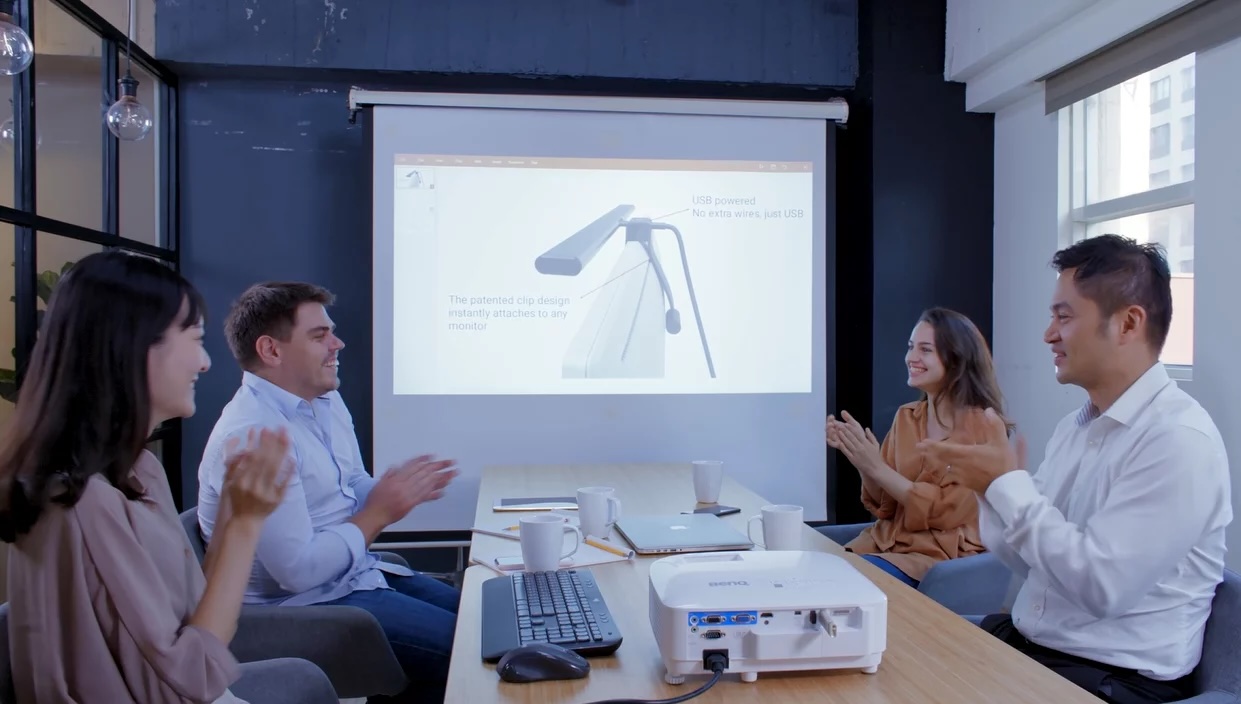
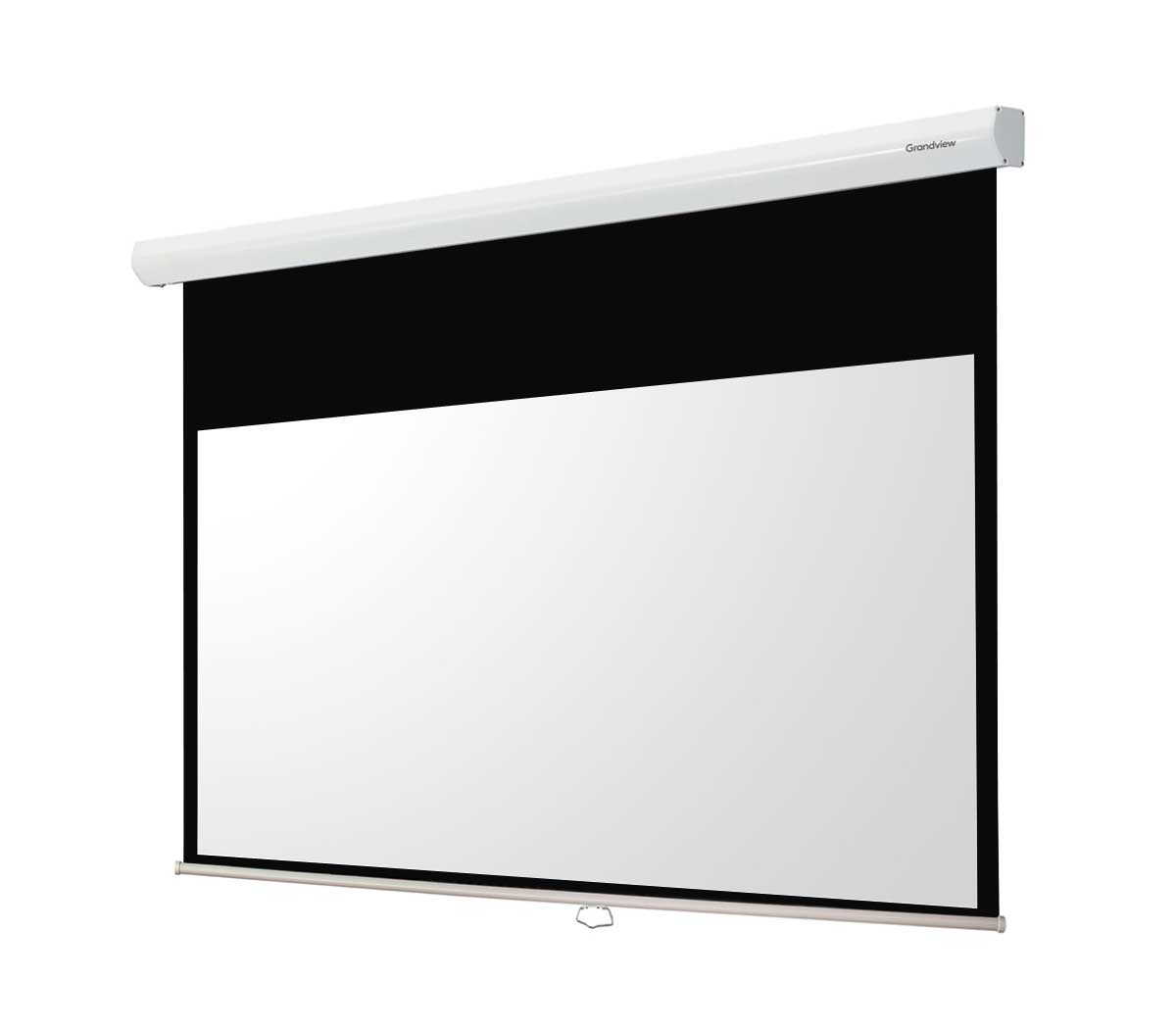


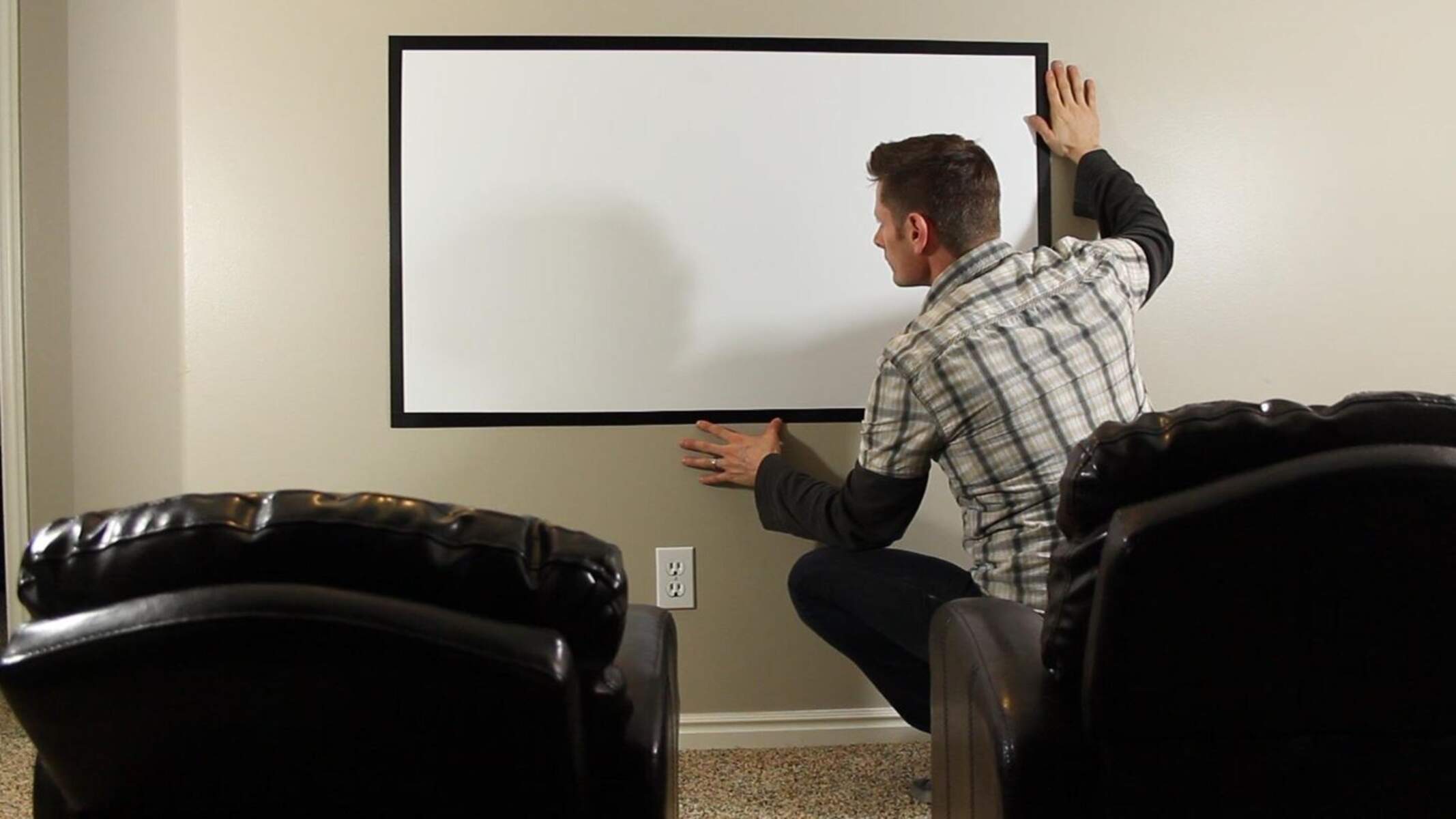
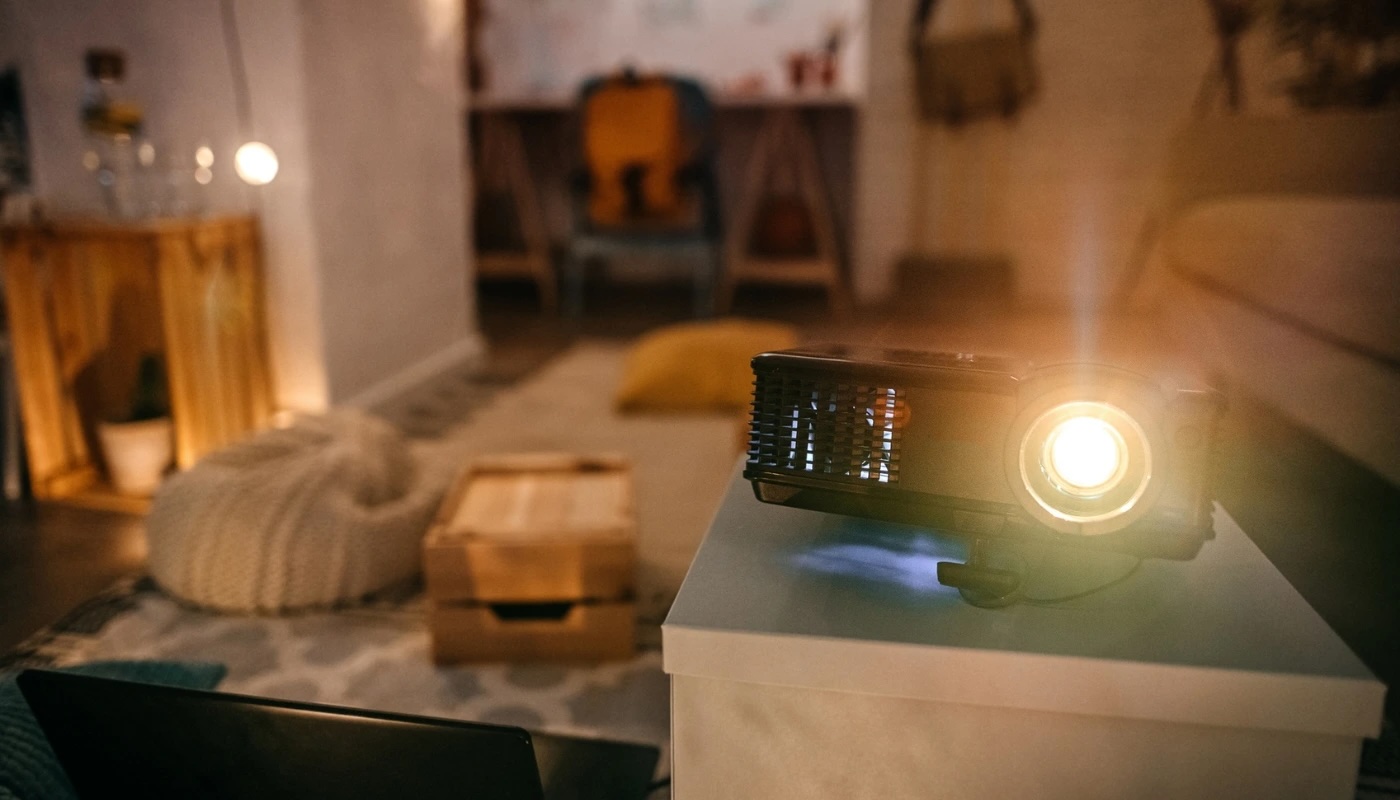
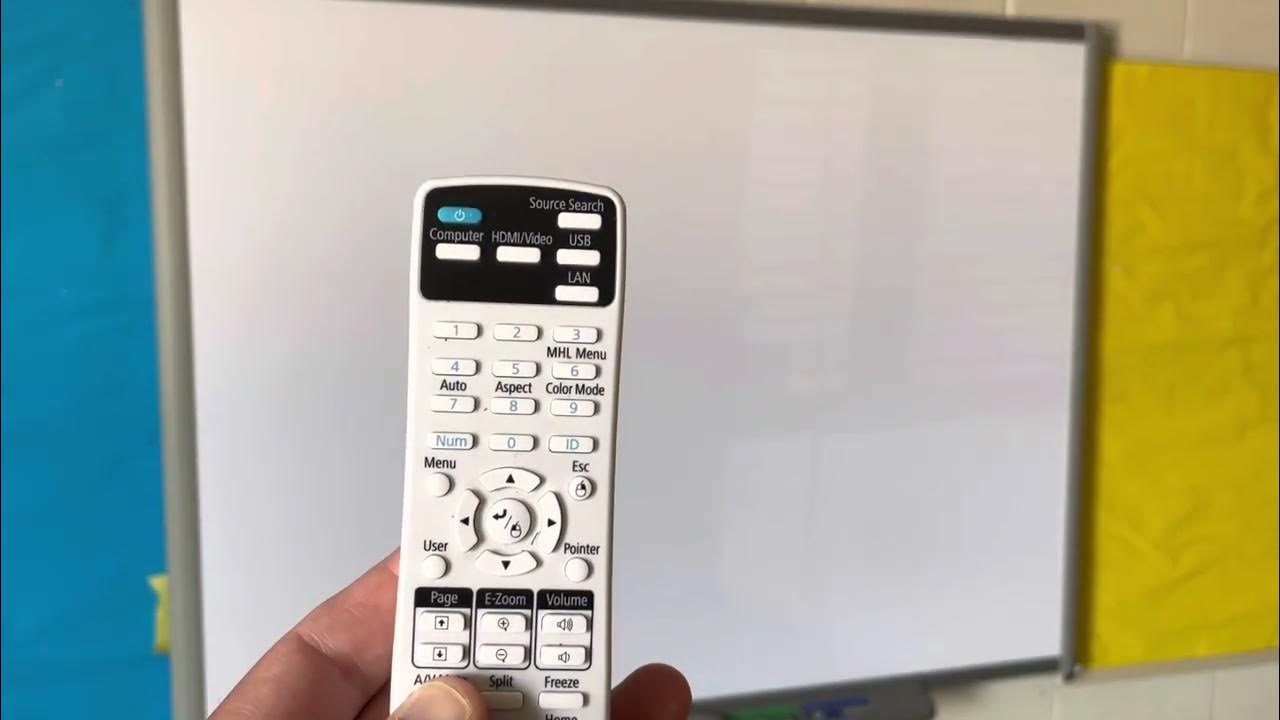
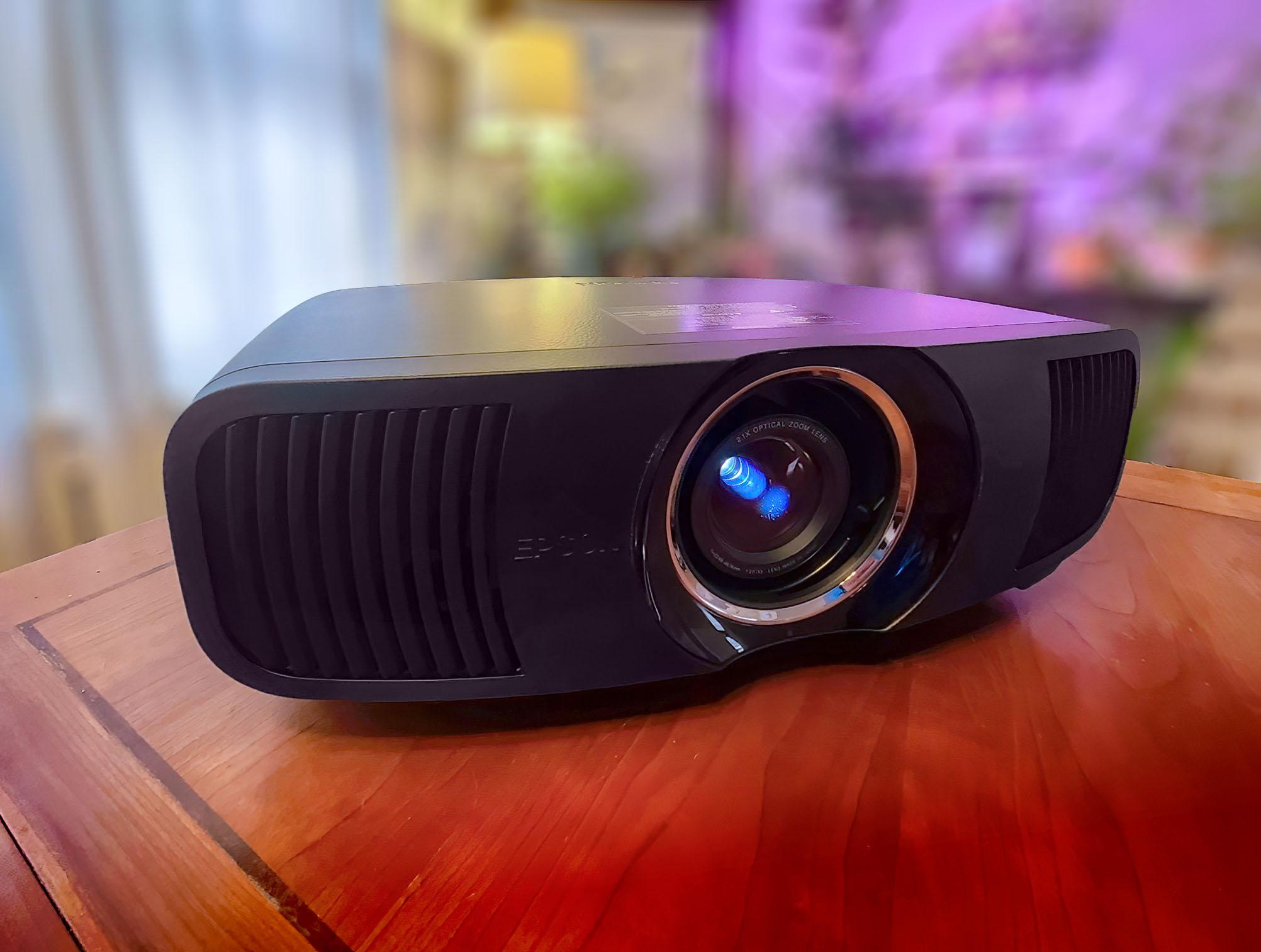
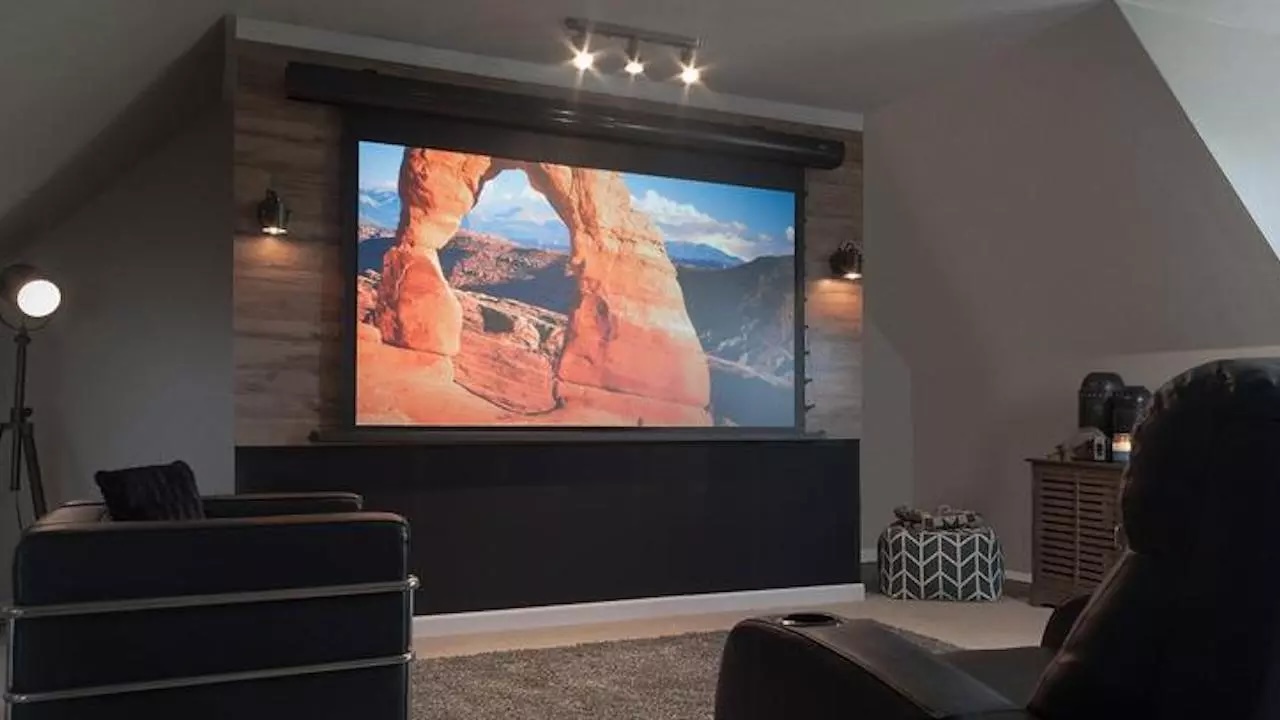
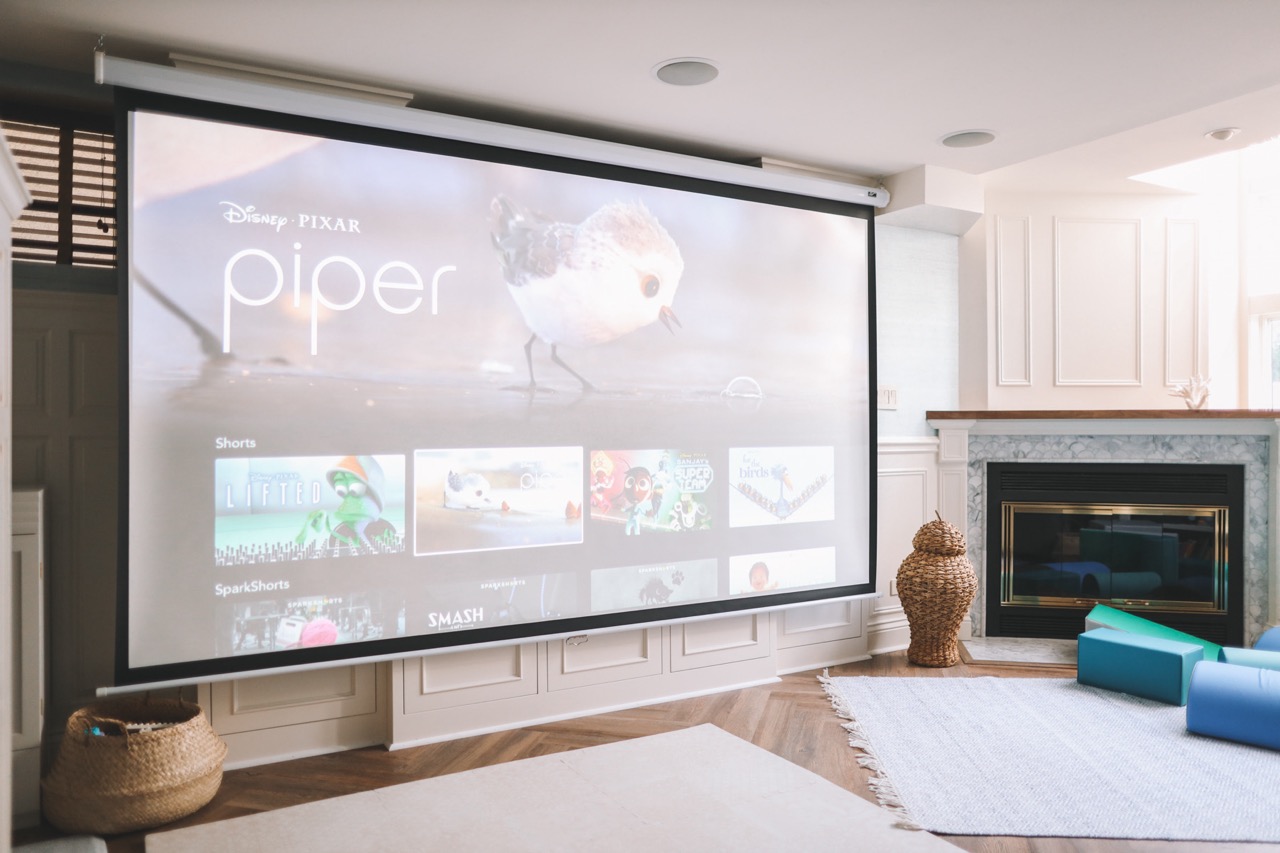
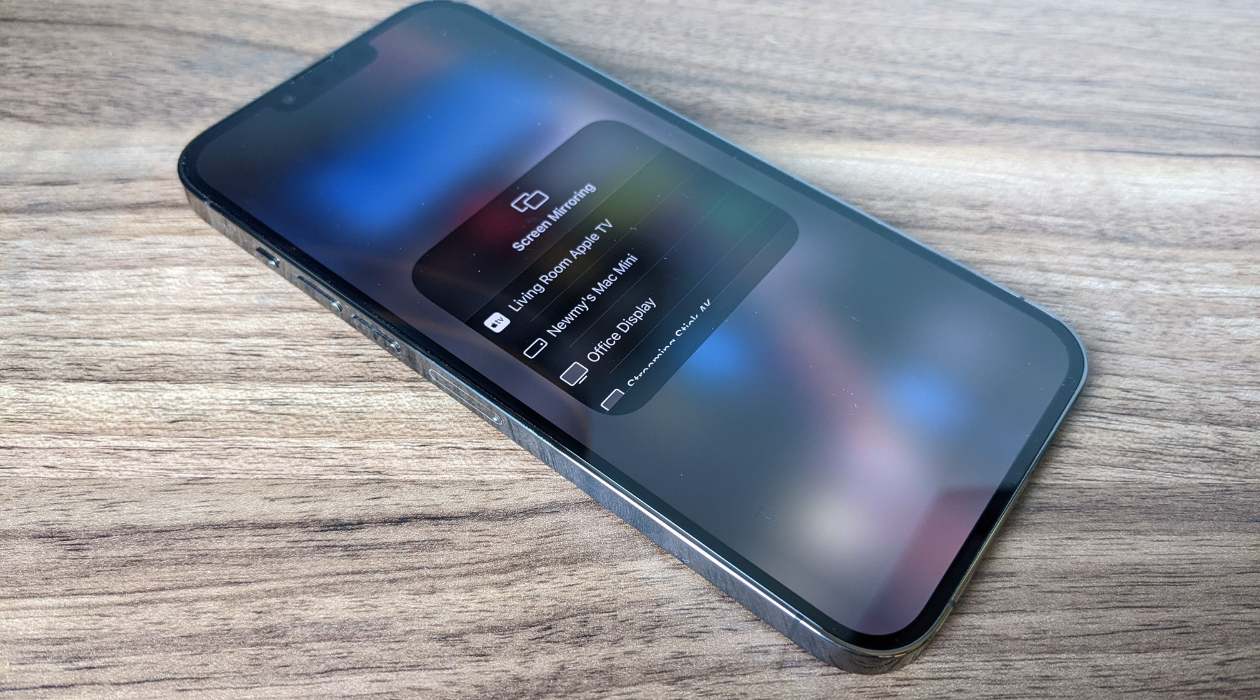

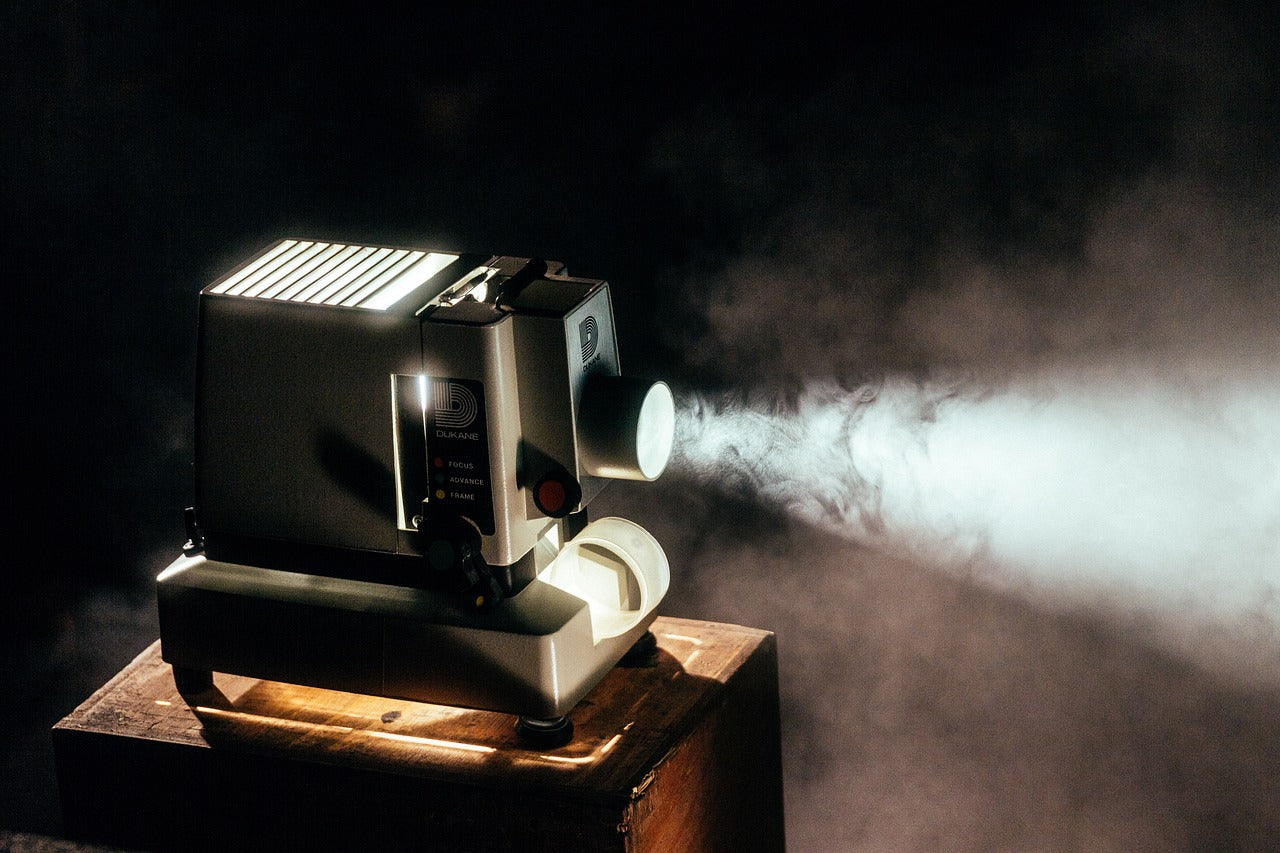
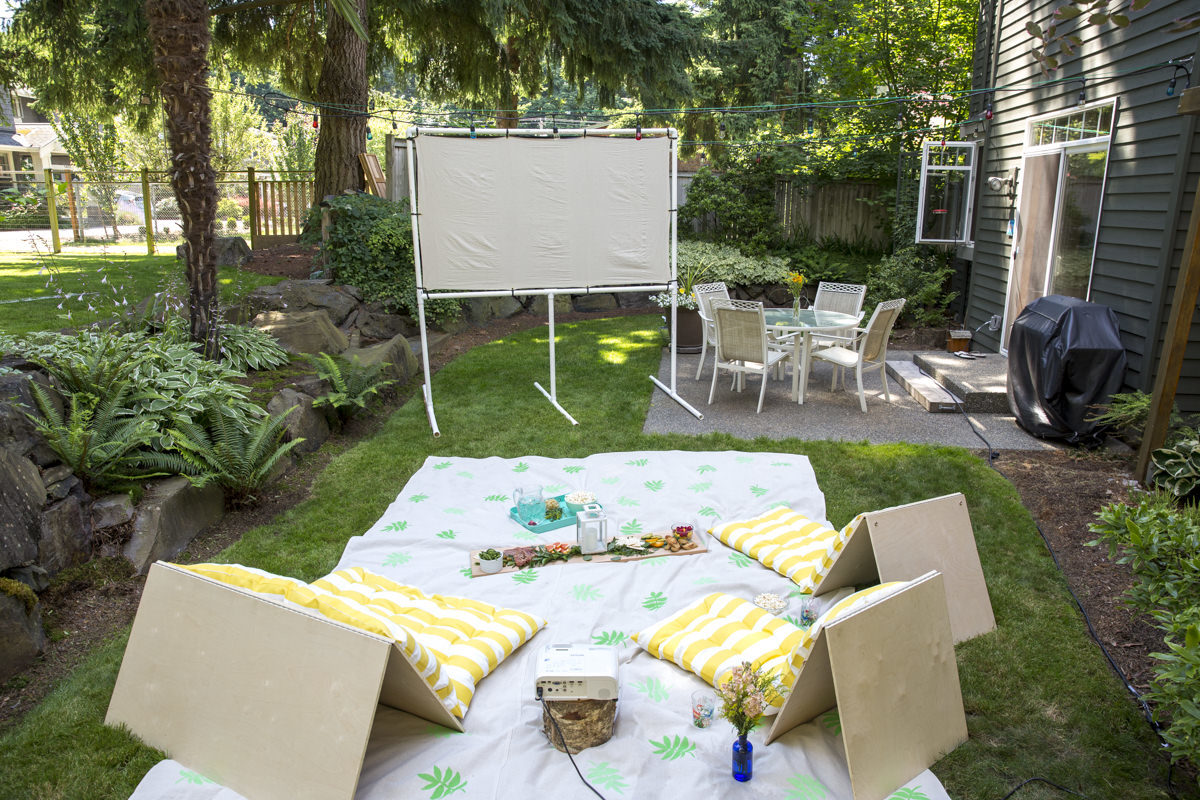
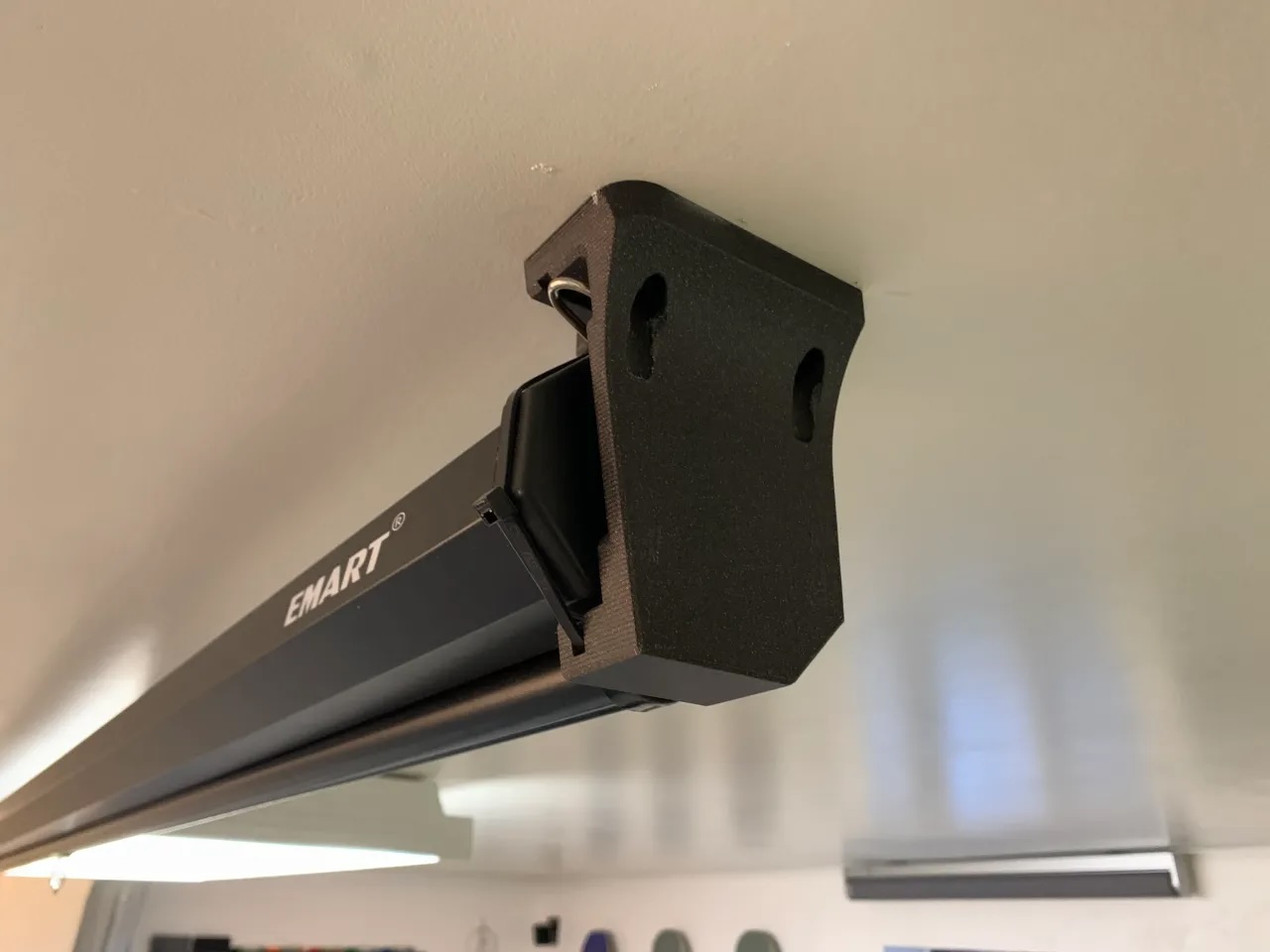

0 thoughts on “How To Measure Projector Screen Size”